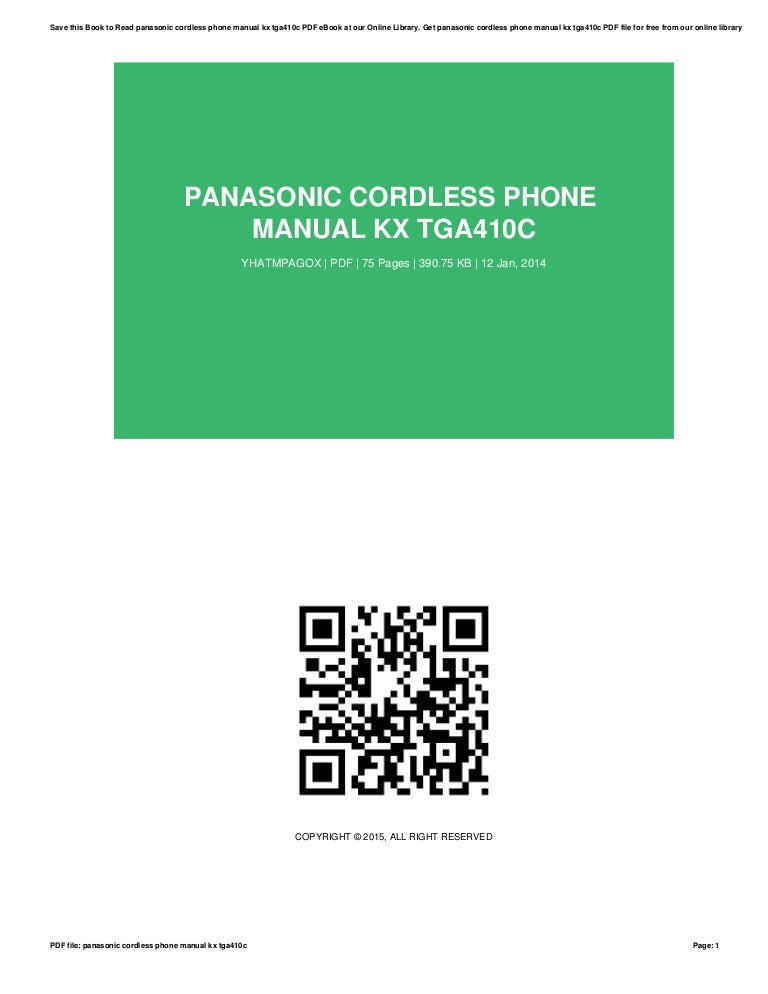
If your working setting is already less than or equal to 48 kHz, leave it as is. Sample rate: 48 kHzįor best results, set your audio sample rate to 48 kHz. Data rate: 320 kbit/sįor best results, encode your audio at constant rate of 320 kbit/s. For any number of channels above 2, we will downmix your audio to 2 channels.Ĭodec: AAC-LC (Advanced Audio Codec)For best results, we recommend using AAC-LC (low complexity) for the audio codec. Audio guidelines Channels: Stereoįor best results, we recommend 2-channel Stereo audio. For best results, we recommend deinterlacing videos prior to upload. Vimeo converts all videos to progressive for playback. For high dynamic range (HDR) and Dolby Vision videos, your file needs to have a bit depth of 10 or greater in order to be considered HDR on Vimeo. We support various bit depths, but we recommend a bit depth of 10 or greater for the highest quality results. The HLG transfer function enables backward compatibility with a range of non-Dolby Vision devices that support HLG playback. There’s no additional metadata required for upload. Using Dolby Vision for Vimeo, the metadata is automatically included inside the file. 2020 primaries and Dolby Vision dynamic metadata. Dolby Vision for Vimeo uses an HLG base layer with Rec. We further support the upload of encoded Dolby Vision files. This metadata is usually added automatically in post-production. If using the PQ (SMPTE 2084) transfer function, please include the following metadata to ensure the most accurate display of your video’s colors on all devices: Mastering Display Color Volume metadata (SMPTE 2086) and Content Light Level Information metadata (CEA 861.3). We support a wide range of transfer characteristics for standard (SDR) videos, but for HDR videos we only support the PQ (SMPTE 2084) or HLG transfer function. For Dolby Vision, set the color space to Rec.2020 HLG. You can use the same value for both color primary and matrix coefficients.


We support all color primaries and matrices, but we recommend BT.2020 (Rec.
#Ivideo phone instructions software#
Color guidelinesįor the most accurate color display on Vimeo, we recommend uploading a file that contains color space information.Note: some software may not offer control over your color settings. ⚠️Note: Stereoscopic video should be uploaded with the left and right view stacked on top of each other as 4096 x 1024 (4:1 aspect ratio) for each eye. Video quality and corresponding bit rates can be found in this table: You can experiment with different rates if your file is too large or you’re not happy with the quality of your source file. If your video editing software gives you the option, choose a “variable” bit rate and select a value from the ranges below.

While we accept many frame rates, the most commonly used are in this table below: FPSīit rate (also known as data rate) controls the visual quality of the video and its file size. Important: We recommend a constant frame rate throughout your entire video.Īlways choose “constant” frame rate instead of “variable” frame rate. If your footage exceeds 60 FPS, we will automatically reduce the frame rate. When preparing your video for upload, it’s best to maintain the video’s native frame rate when compressing your video. H.265 or High Efficiency Video Coding (HEVC) is the successor to H.264, which offers a smaller sized file with high visual quality at the cost of increased encoding time. If you notice quality issues with your H.264 videos and have ample storage space on your Vimeo account, using ProRes may produce a better result. This professional-quality codec ensures a high quality for your encoded video but typically results in a much larger file size than H.264. Be sure to choose the "High Profile" H.264 setting instead of "Main Profile." Please note that the H.264 video codec only supports resolutions up to 4K. It's a great starting point for encoding your videos as it ensures you'll get the most out of your upload quota while minimizing upload and conversion times. H.264 is a standard codec that balances high visual quality with efficient file size. We accept most major codecs, but for best results we recommend using one of the following: H.264 A codec is the format in which your video is encoded.


 0 kommentar(er)
0 kommentar(er)
